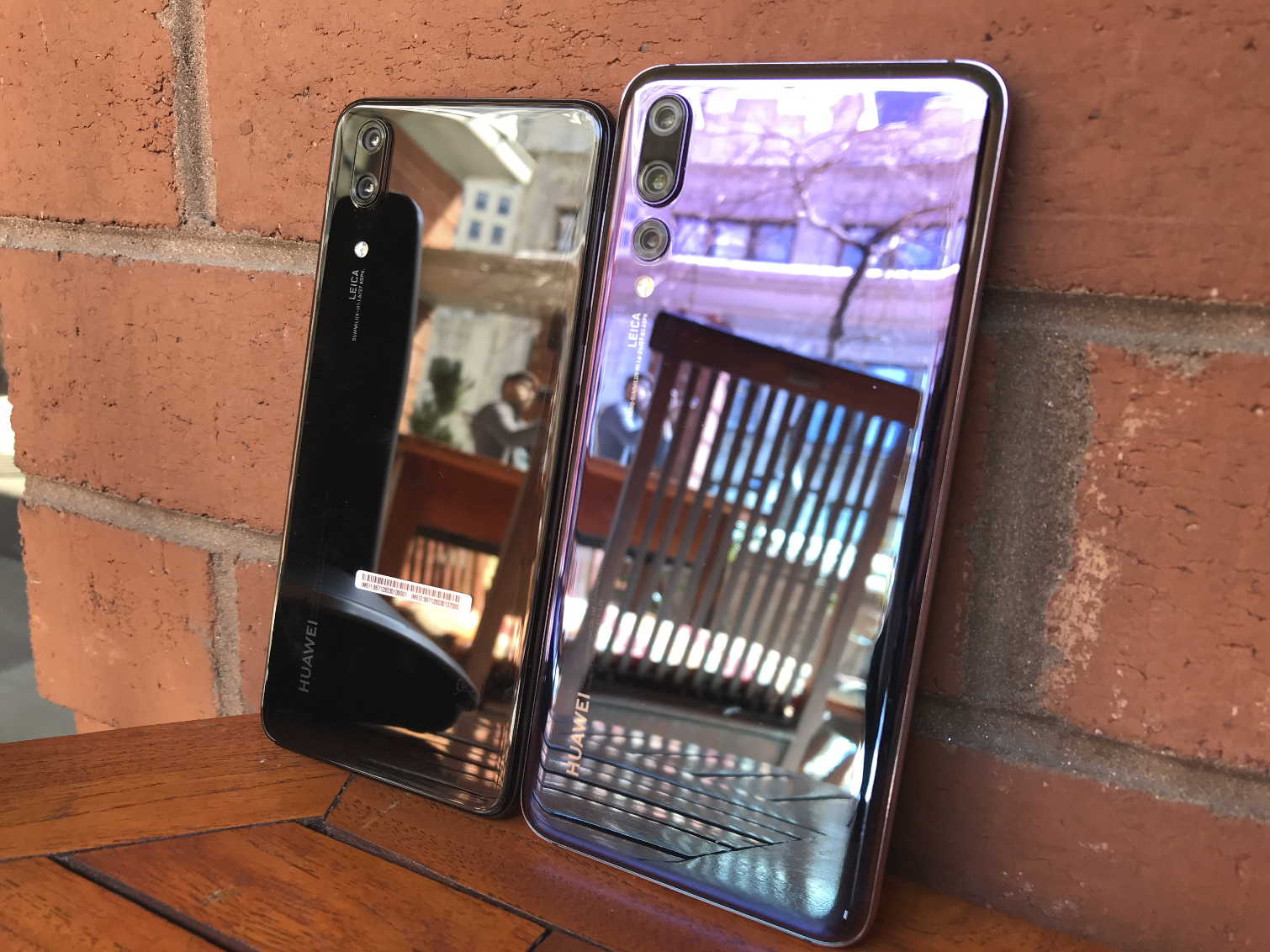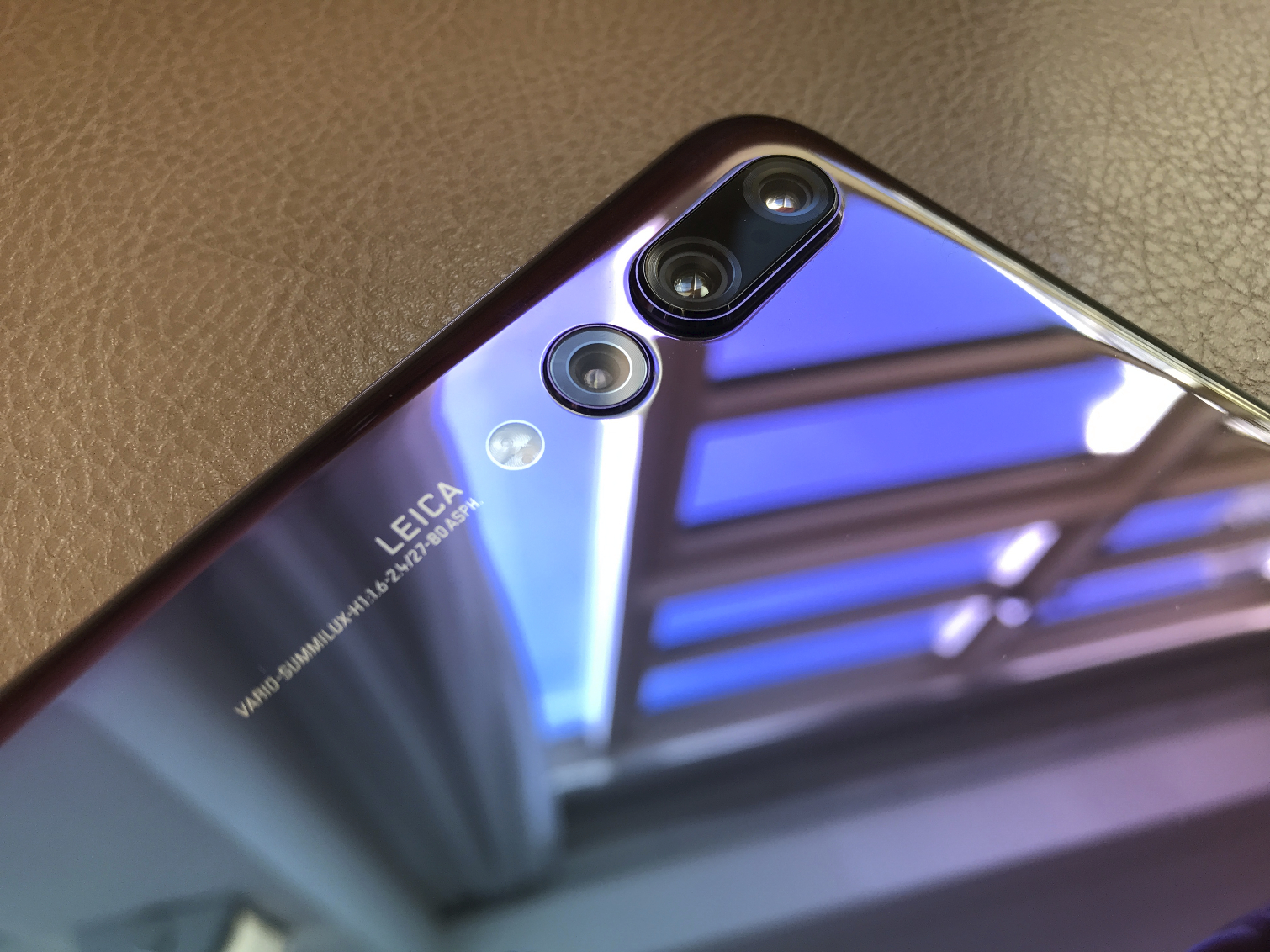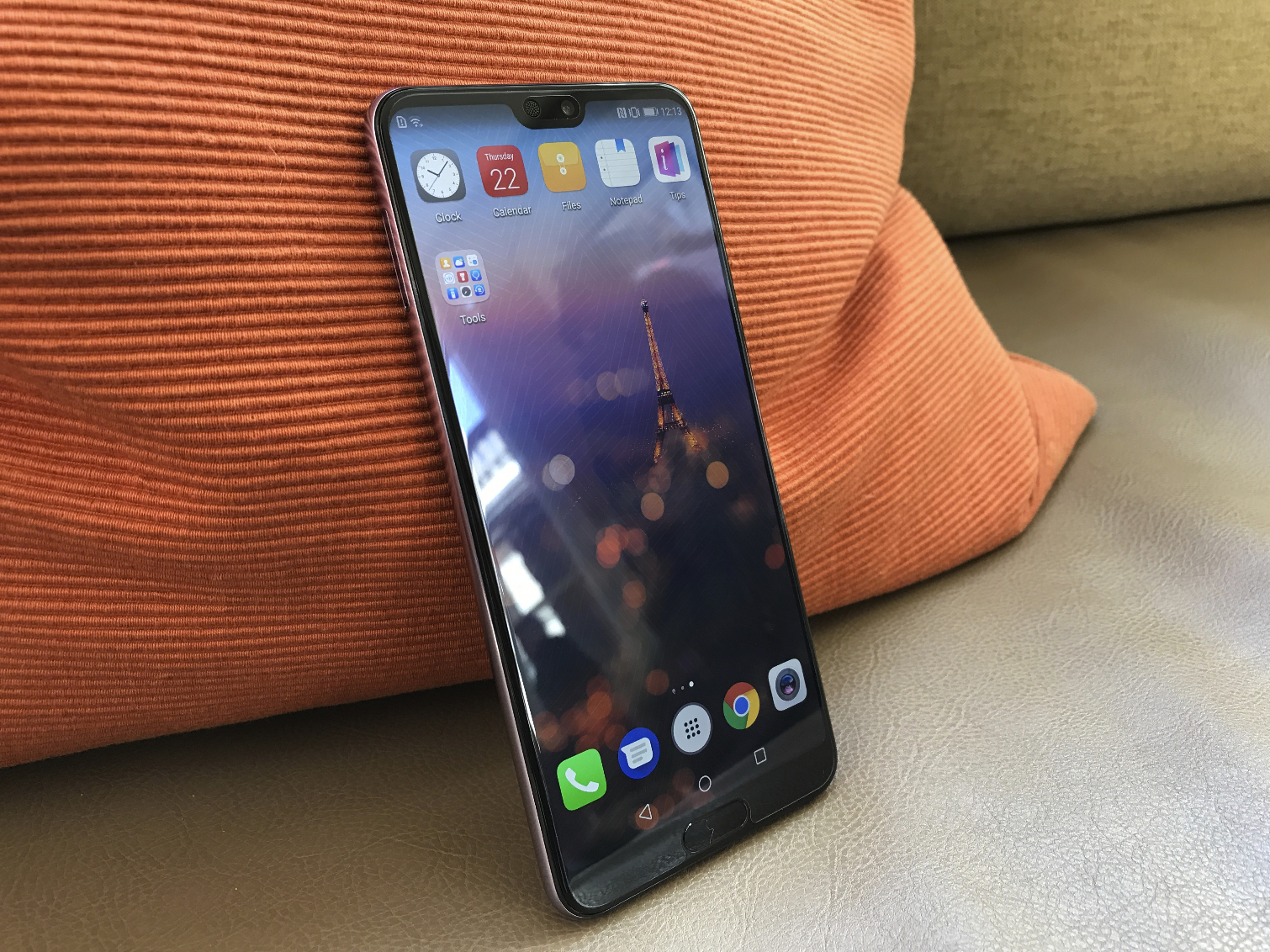Huawei P20 Hands-On: Are Three Cameras Better Than Two?
Huawei is buckling down on photography for its upcoming P20 Pro with a trio of rear lenses and a boatload of AI features. But will it be enough to topple the iPhone X and Pixel 2?
To the uninitiated, Huawei’s product lineup can be a little confusing. Those of us in the United States only really get to see the company’s high-end handsets in the form of the Mate series, with the Mate 10 Pro the latest to hit these shores.
But the rest of the world enjoys more options from the Chinese phone maker. In addition to the Mate phones, which Huawei targets at executives, the company also has its P-series flagships, built with creative types in mind. And the all-new P20 and P20 Pro, unveiled today (March 27) look to be the company’s most ambitious effort for photographers yet.

Like the Mate 10 Pro, the P20 and P20 Pro both utilize Huawei’s Kirin 970 system-on-chip, which is on par with the Qualcomm Snapdragon 835 processor found in last year's Samsung Galaxy S8 as well as the Google Pixel 2.
Aside from similar designs, there are loads of differences between the two new Huawei models, ranging from screen technologies to RAM to battery sizes and even waterproofing. But the most notable difference by far can be found in the cameras on the P20 and P20 Pro.
Cameras in triplicate

While the 5.8-inch P20 features dual lenses around the back, the 6.1-inch P20 Pro employs not one, not two, but three Leica-branded rear cameras, each designed to serve a unique purpose. The middle sensor is the main one: an RGB camera rated at a staggering 40 megapixels with an f/1.8 aperture. Above that is an 8-MP telephoto lens, ideal for shallow depth-of-field portraits with an f/2.4 aperture, while a 20-MP f/1.6 monochrome sensor rounds out the trifecta.
MORE: Best Smartphone Cameras
Normally, adding megapixels upon megapixels to a phone’s image sensor is a dilemma of diminishing returns: the more you have, the smaller each photodetector site on the sensor has to be, and lack of space is the enemy of light. If the sensor can’t capture enough light, your photos are going to end up dim and muddy.
Thankfully Huawei has thought of this. The company says it has circumvented the problem with a main sensor that is considerably larger than the ones inside the iPhone X or Galaxy S9. Additionally, the P20 Pro can reach a max ISO of 102,400, which is many times higher than competing flagships and should also greatly benefit low-light photography.
There’s more. The P20 Pro supports 3x optical zoom, trumping the 2x zoom on Apple and Samsung’s flagships. And Huawei is using artificial intelligence on both models to make its autofocus faster with a new feature called 4D Predictive Focus. AI is even implemented for optical image stabilization, which the company says is so effective it’ll allow users to take long exposure shots without the need for a tripod, simply by holding the phone as normal.
While we’ll need more time with these devices to fully evaluate their cameras, one thing is for certain: they’re very, very fast to shoot with. Furthermore, all of Huawei’s AI-aided scene adjustments return in the P20 family from their debut in the Mate 10 Pro. Point a P20 or P20 Pro at a snow-covered bench, a pet or a flower, and the Neural Processing Unit inside the Kirin 970 will recognize the subject and tune the exposure parameters appropriately.
Dynamic design

If you’re not the type who frequently take pictures with your phone, there’s likely less in the P20 or P20 Pro to pique your interest. That said, both variants sport eye-catching designs and finishes.
Our favorite is easily the Twilight colorway, which mixes lavender and cerulean into a gleaming gradient that looks unlike any phone in recent memory. In an age of tired matte aluminum and flat primary colors on glass, Twilight stands out in the best way possible. However, those in search of more restrained colors will welcome the P20’s alternative options: black, two shades of gold, and Midnight Blue. Interestingly, only the P20 Pro is water resistant.
There’s another design detail with the P20 that's as plain as the notch on your phone. If you’re not a fan of notches that dip down into a phone's display, 2018 really isn’t shaping up to be your year. A plethora of handsets, from Asus’ new ZenFones, to the rumored OnePlus 6 are copying Apple’s lead in the most blatant manner possible. Now you can add the Huawei P20 and P20 Pro to that list.
Then again, maybe the P20 will be the notched smartphone for those skeptical about notches, because Huawei actually lets you “turn off” the design quirk system-wide, via the Settings menu. For P20 Pro owners, who have an OLED display at their fingertips, the black bars beside the earpiece and front-facing camera should look convincingly dark. But in the case of the regular P20, which uses an LCD screen, this portion of the screen will still be quite visible.
Outlook
While Huawei’s newest flagships may not have the spec race cornered with their outdated silicon, the Shenzhen-based company appears to have pooled all its know-how into an ambitious goal: the most advanced photography suite in any smartphone.
Unfortunately, North America stands to completely miss out on it. As of now, Huawei has made it clear it has no plans to offer the P20 or P20 Pro in the U.S., where it will instead concentrate on the Mate line.
That could change later in the year, but between Huawei’s inability to break into the States and Best Buy’s decision last week to stop carrying the company's products, the prognosis doesn’t look good. Nevertheless, you can expect our full verdict on the P20 and P20 Pro in the coming weeks.
Photo Credit: Adam Ismail/Tom's Guide
Sign up to get the BEST of Tom's Guide direct to your inbox.
Get instant access to breaking news, the hottest reviews, great deals and helpful tips.
Adam Ismail is a staff writer at Jalopnik and previously worked on Tom's Guide covering smartphones, car tech and gaming. His love for all things mobile began with the original Motorola Droid; since then he’s owned a variety of Android and iOS-powered handsets, refusing to stay loyal to one platform. His work has also appeared on Digital Trends and GTPlanet. When he’s not fiddling with the latest devices, he’s at an indie pop show, recording a podcast or playing Sega Dreamcast.
